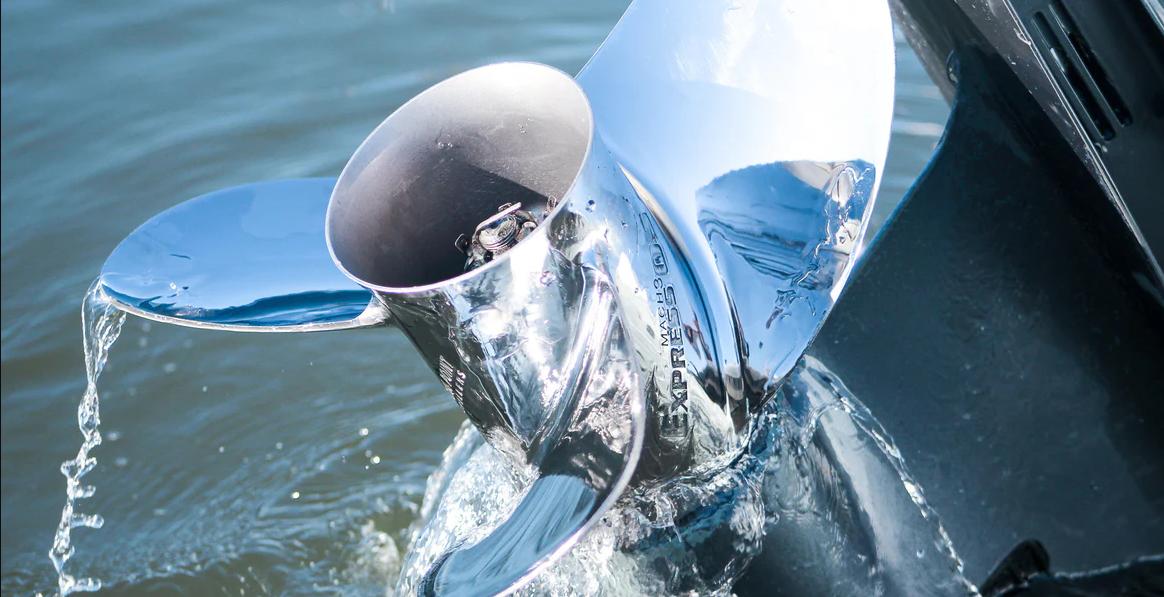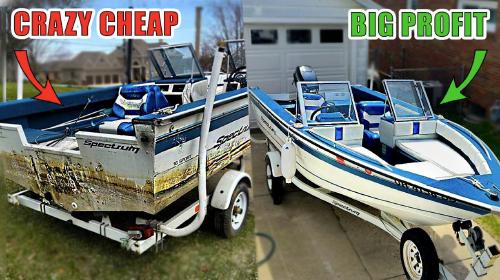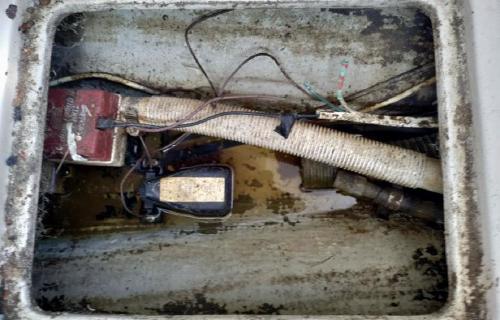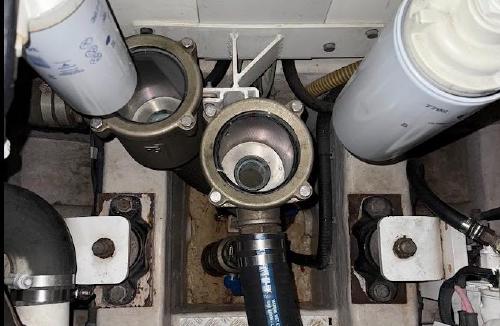Boat propellers, commonly referred to as boat props, play a crucial role in the performance and efficiency of your watercraft. Understanding the types of materials used in props, knowing how to inspect them for damage, and learning the importance of balancing can significantly enhance your boating experience. This article aims to provide you with a detailed, instructional understanding of boat props, focusing on materials, inspection techniques, and the importance of balancing to reduce vibration and prolong the life of your boat’s components.
Introduction to Boat Props
Boat props are integral to your vessel’s propulsion system. They convert engine’s rotational power into thrust, allowing the boat to move through water. The performance of a boat prop affects speed, fuel efficiency, and maneuverability. Choosing the right prop for your boat, regularly inspecting it for damage, and ensuring it’s balanced are all essential for achieving optimal performance and longevity of your equipment.
Materials Used in Boat Propellers
The material from which a boat prop is made can significantly influence its performance, durability, and cost. The three most common materials for boat props are aluminum, stainless steel, and composite materials. Each material has its pros and cons that make it suitable for different boating conditions and needs.
Aluminum Props
Pros:
- Cost-effective: Aluminum props are generally the most affordable option, making them popular for recreational boaters.
- Lightweight: Their lighter weight can be advantageous in small boats.
- Easy to repair: Small dents and bends can usually be hammered out or repaired easily.
Cons:
- Durability: Aluminum props can be prone to bending and damage from hitting submerged objects.
- Less efficiency: Compared to stainless steel, aluminum props can be less efficient at higher speeds.
Stainless Steel Props
Pros:
- Durability: Stainless steel props are highly resistant to corrosion and can withstand impacts better than aluminum.
- Performance: They provide better speed and fuel efficiency because of their design and rigidity.
- Higher speed: Stainless steel props can achieve higher speeds due to their material characteristics.
Cons:
- Cost: Stainless steel props are generally more expensive than aluminum alternatives.
- Weight: They can be heavier, which may be a consideration for smaller vessels.
Composite Props
Pros:
- Corrosion-resistant: Composite materials are not prone to corrosion and can withstand various marine environments.
- Lightweight: They tend to be lighter than both aluminum and stainless steel props.
- Performance varieties: Some composite props are designed for specific purposes, such as high-rpm engines or heavy-duty applications.
Cons:
- Durability concerns: While resilient, composite props can be less durable against impact compared to stainless steel.
- Cost-variable: Prices can vary widely based on brand and specific material formulation.
How to Inspect Your Boat Prop
Regular inspection of your boat prop ensures optimal performance and can help you catch minor issues before they become major problems. Here’s how to conduct an effective inspection.
Visual Inspection
Start with a thorough visual examination. Look for:
- Dents, dings, and bends: Any visible damage can impair performance.
- Corrosion: Check for signs of rust, especially in stainless steel props, and aluminum oxidation.
- Wear and tear: Scrutinize blade edges for chips or nicks.
- Alignment: Ensure that the prop is seated properly on the shaft; it should not wobble.
Tools Required
Before you begin the inspection, gather the following tools:
- Flashlight: For better visibility in crevices and darker areas.
- Calipers: To measure blade thickness and check for wear.
- Safety goggles: Always prioritize personal safety.
- Prop wrench: To remove the prop if necessary for a thorough inspection.
- Vernier scale or ruler: To measure the length and width of blades accurately.
Common Issues to Look For
As you assess the prop, keep an eye out for:
- Bent blades: Often caused by hitting underwater objects.
- Cracks: These can develop from excessive vibration or impact.
- Erosion: Frequent exposure to water can wear down blade edges.
- Imbalanced blades: Results that can be caused by previous damage or wear.
How to Perform a Detailed Inspection
Remove the prop from the shaft. Use a prop wrench to loosen the retaining nut and be cautious of additional components like washers and spacers.
Examine each blade individually. Hold them under a light to better see any imperfections. Use your hands to feel for rough edges or unusual surfaces.
Check the hub. The hub is the center portion of the prop that mounts onto the shaft. Look for wear or damage and ensure that the hub’s rubber bushing is intact if your prop uses one.
Measure prop and blade specifications. Use calipers to check the width and height of blades. Compare these measurements to manufacturer’s specifications.
Re-install the prop. Once satisfied with the inspection, if no significant damage is found, reinstall the prop and re-tighten the retaining nut securely.
The Importance of Balancing Your Boat Prop
Balancing is a critical aspect of maintenance that directly impacts vehicle performance. An unbalanced prop can lead to excessive vibration, which can harm your boat’s components over time.
 Image source: https://probaldynamicbalancing.com/
Image source: https://probaldynamicbalancing.com/
Understanding Propeller Vibration
When a prop is unbalanced – either due to manufacturing defects or damage – it can cause vibration. This vibration occurs because the thrust generated by the prop is not even across its rotation.
How Vibration Affects Boat Components
Excessive vibration can lead to significant problems, including:
- Bearing wear and tear: Bearings that experience constant vibration can wear out sooner, leading to failure and costly repairs.
- Transmission seal damage: Vibration can cause seals to wear, potentially leading to leaks.
- Decreased fuel efficiency: An unbalanced prop can cause the engine to work harder than necessary, leading to increased fuel consumption.
Steps for Proper Balancing
Propeller testing: Take your boat for a test run. Observe how it handles at different speeds. Note any vibrations you feel or hear.
Professional assessment: If you suspect an issue, consult with a marine mechanic who can accurately diagnose prop issues. They can use specialized equipment such as a prop balancer.
Weight adjustments: Balancing often involves adding or removing weight to achieve a symmetric distribution across the propeller. Adjustments can include filing down or adding weight to specific areas of the blades.
Re-test your prop. After making adjustments, take your boat out again to confirm that the vibrations have been mitigated. Repeat balancing adjustments as necessary until the prop performs evenly.
Conclusion
Maintaining your boat’s prop is crucial for optimal performance, safety, and longevity. Understanding the different materials available, knowing how to properly inspect for damage, and recognizing the importance of balancing to minimize vibration will keep your vessel running smoothly. By investing time in prop maintenance, you can ensure efficient performance and enhance your boating experience for years to come.
By adhering to the insights provided in this comprehensive guide, you will be well-equipped to manage your boat’s prop effectively. Always prioritize safety and consult professionals when in doubt to safeguard both your vessel and its crew. Happy boating!





Use the share button below if you liked it.